Proximity to transit, especially high-quality, frequent, high-capacity rail, increases property values, attracts development and provides mobility choices. Property values are higher near Metro’s high-quality, high-frequency, high-capacity services, and deliver an incremental increase in total tax revenue to the Compact jurisdictions.
- Property taxes on land around Metrorail stations generate $3.1 billion annually in revenues to the jurisdictions.
- Of these revenues, $224 million is extra value that would not exist without Metro. This amount is equivalent to providing the following public services.
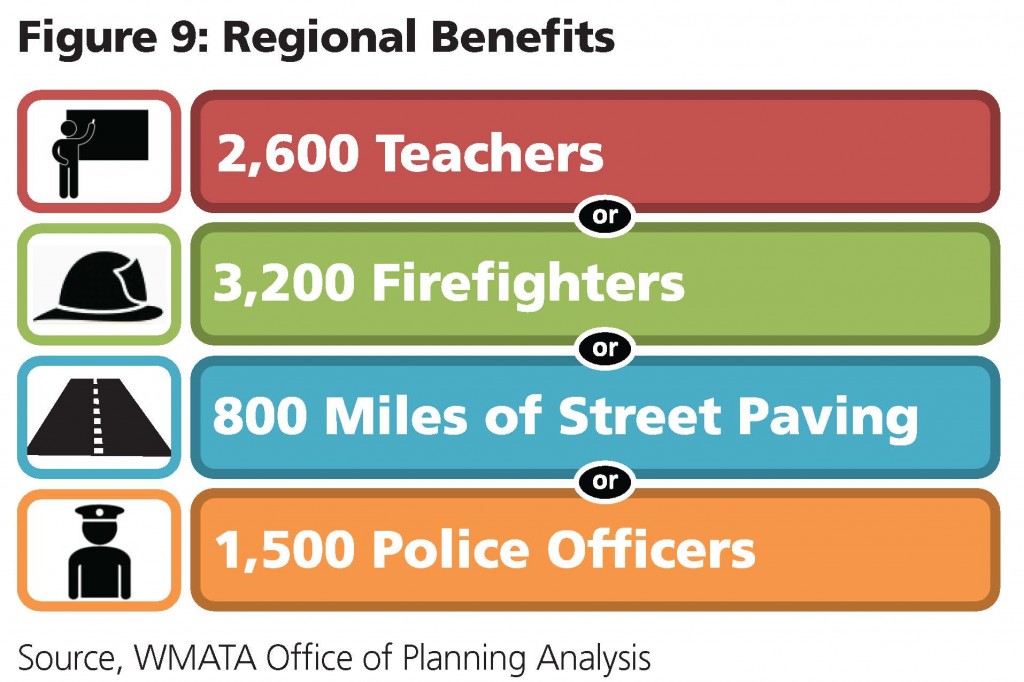
Momentum employed a multi-pronged outreach 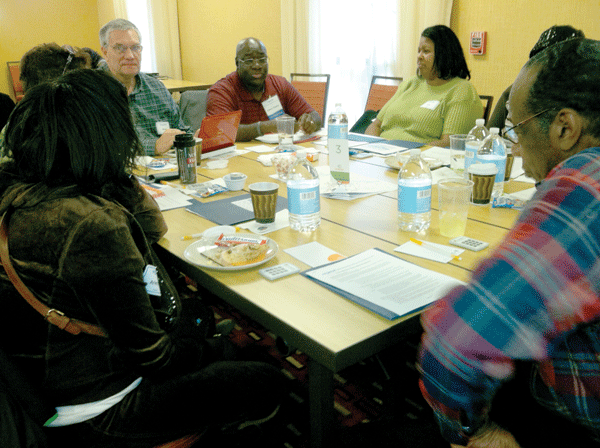 and feedback gathering strategy, including both conventional and modern tools. Metro staff gathered input to inform a draft plan and subsequently, gathered feedback on the plan prior to finalizing it. Metro staff heard from almost 12,000 stakeholders during the outreach process through the following tools. The input has informed Metro’s understanding of the public’s short- and long-term needs. Read more…
and feedback gathering strategy, including both conventional and modern tools. Metro staff gathered input to inform a draft plan and subsequently, gathered feedback on the plan prior to finalizing it. Metro staff heard from almost 12,000 stakeholders during the outreach process through the following tools. The input has informed Metro’s understanding of the public’s short- and long-term needs. Read more…
Metrobus’ Priority Corridor Network (PCN) Plan will improve bus service, travel speeds, and reliability on 24 regional corridors, which serve half of Metrobus ridership. Improvements include:
- Improved operational strategies such as transit signal priority and exclusive bus lanes
- Increased frequency and span of service
- Improved customer information
- Added MetroExtra, Metro’s limited-stop bus service, routes and buses
- Expanded fare payment options
- Added safety, security and incident response measures
- Enhanced bus stops and facilities
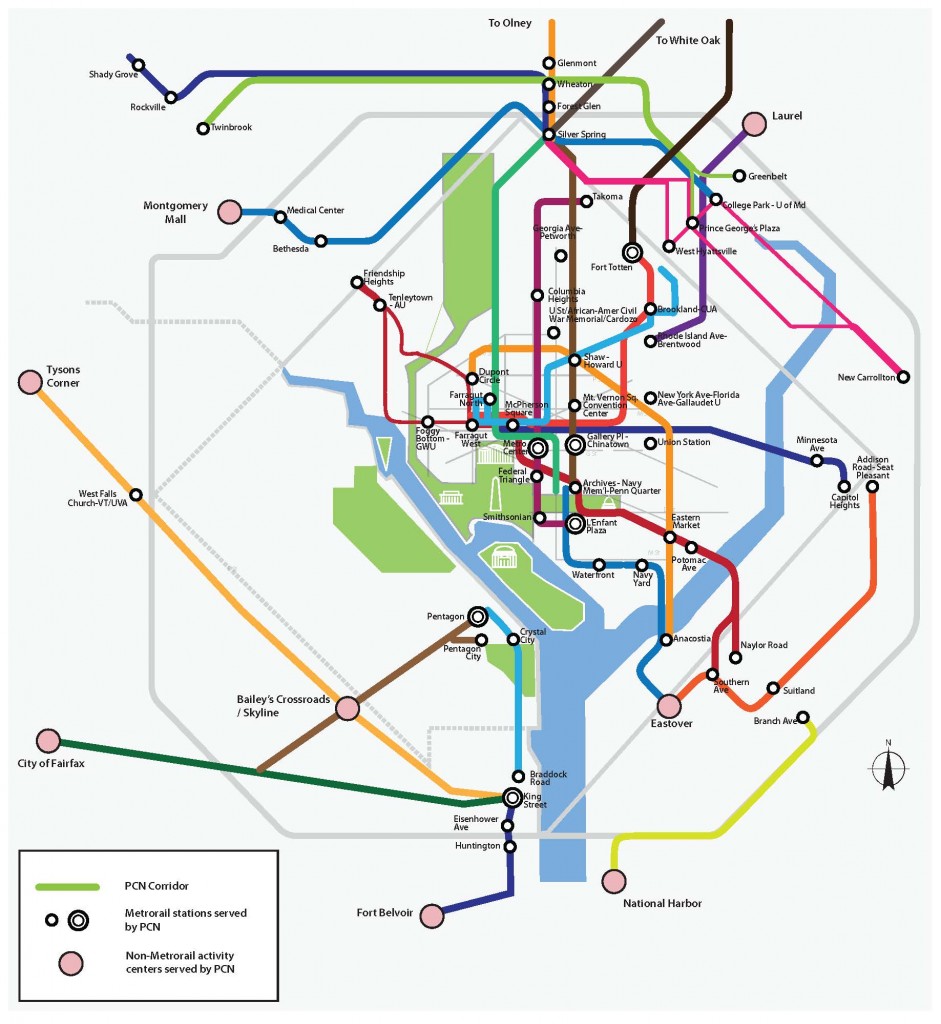 Read more…
Read more…
Metro will create a safer and more secure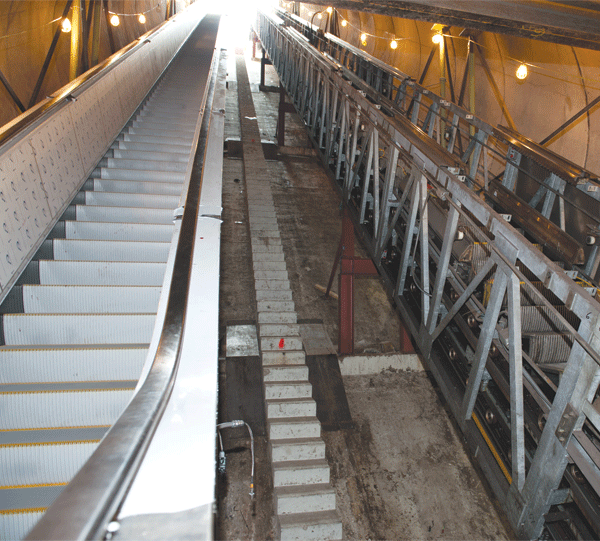 transit experience for customers and employees.
transit experience for customers and employees.
Metro customers and employees deserve and expect a safe environment – on the job, in the buses, on the trains and in the stations and shelters. Our commitment: A Metro ride is a safe ride. In 2011, eighty employees were recognized as Champions of Safety for their efforts in safeguarding Metro employees, equipment and customers. More than eighty-five percent of both Metrobus and Metrorail riders are highly satisfied with security. Read more…
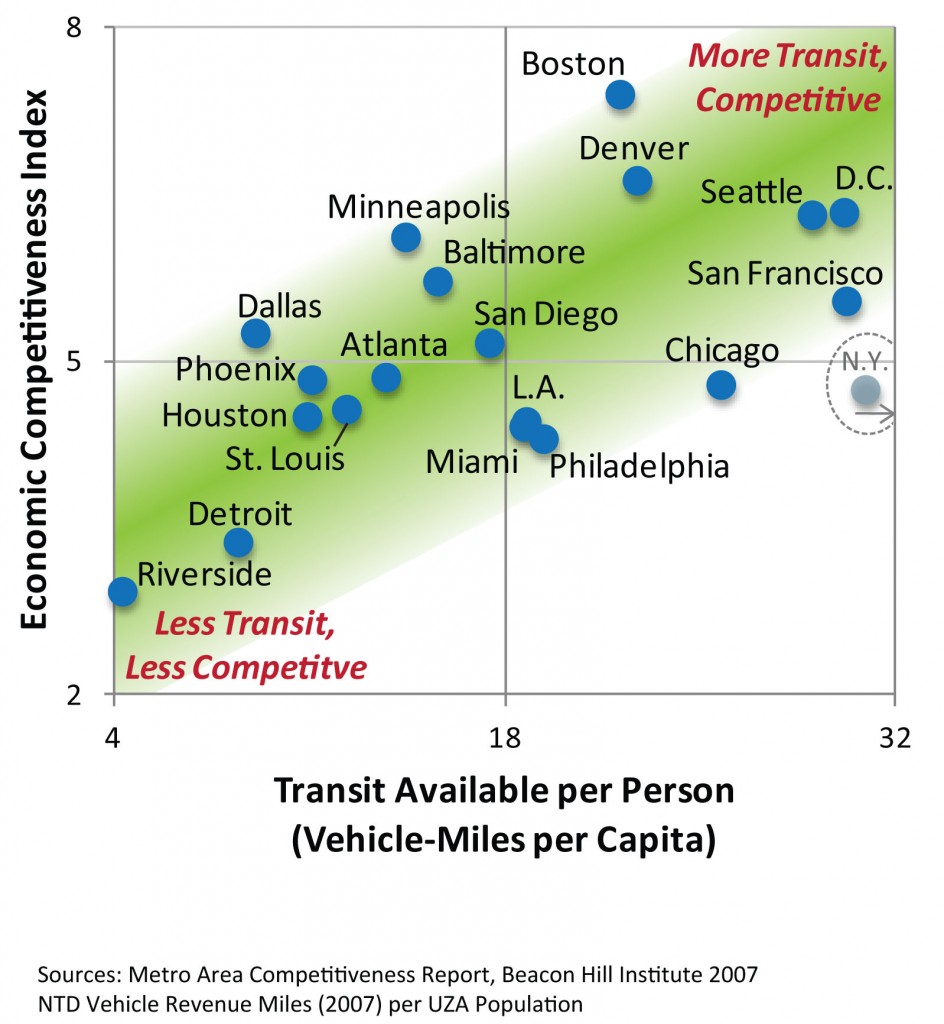 In September 2012, MWCOG released Economy Forward, a call to action for a more competitive metropolitan Washington. This report called for strong centers with housing, jobs, and access to transit as a means to enhance the region’s competitiveness. Through monthly meetings with public and private nonprofit and academic leaders, it concluded that the transportation network is one of the five critical challenges in recruiting new business to the Washington region. It also concluded that “without adequate funding, Metro and the region’s highways will become even more congested, which will hurt the region’s productivity and economic growth potential.”
In September 2012, MWCOG released Economy Forward, a call to action for a more competitive metropolitan Washington. This report called for strong centers with housing, jobs, and access to transit as a means to enhance the region’s competitiveness. Through monthly meetings with public and private nonprofit and academic leaders, it concluded that the transportation network is one of the five critical challenges in recruiting new business to the Washington region. It also concluded that “without adequate funding, Metro and the region’s highways will become even more congested, which will hurt the region’s productivity and economic growth potential.”
Read more…
Metro is the nation’s most 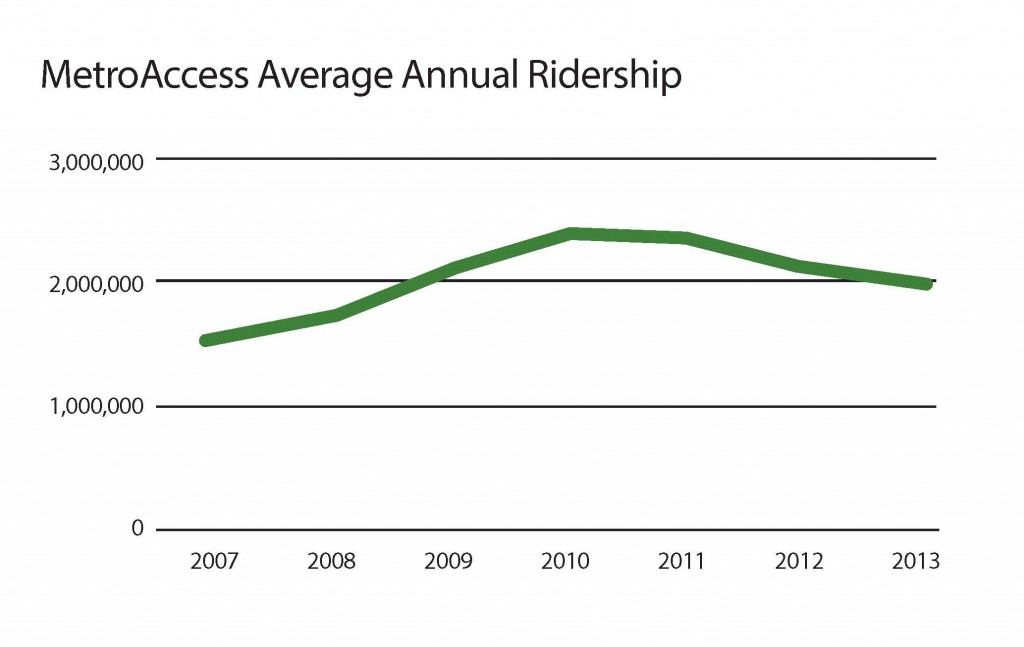 accessible large transit system. All 86 Metrorail stations have elevators and the new 7000-series rail cars are designed to maximize accessibility. Metrobus operates 1,100 fully accessible buses, most of which are low-floor and ramp-equipped and all of which have automated stop announcements. Numerous other changes have been made by Metro to maximize usability so that many customers with disabilities are able to use Metrobus and Metrorail for some of their travel. However, inadequacies such as the lack of curb cuts, sidewalks and traffic signals impact disabled customers’ ability to use Metrorail and Metrobus. MetroAccess serves these trips and others and presently provides about two million trips per year.
accessible large transit system. All 86 Metrorail stations have elevators and the new 7000-series rail cars are designed to maximize accessibility. Metrobus operates 1,100 fully accessible buses, most of which are low-floor and ramp-equipped and all of which have automated stop announcements. Numerous other changes have been made by Metro to maximize usability so that many customers with disabilities are able to use Metrobus and Metrorail for some of their travel. However, inadequacies such as the lack of curb cuts, sidewalks and traffic signals impact disabled customers’ ability to use Metrorail and Metrobus. MetroAccess serves these trips and others and presently provides about two million trips per year.
Read more…
Improving and expanding capacity at high ridership stations will ensure safe and efficient operations and facilitate passenger movements from street-level to platform as well as transfers between lines. The proposed stations, most of which are in the system’s core, already experience crowding or would reach capacity by 2025. Proposed improvements vary from adding escalators and stairs to building pedestrian passageways connecting platforms within a station and between stations.
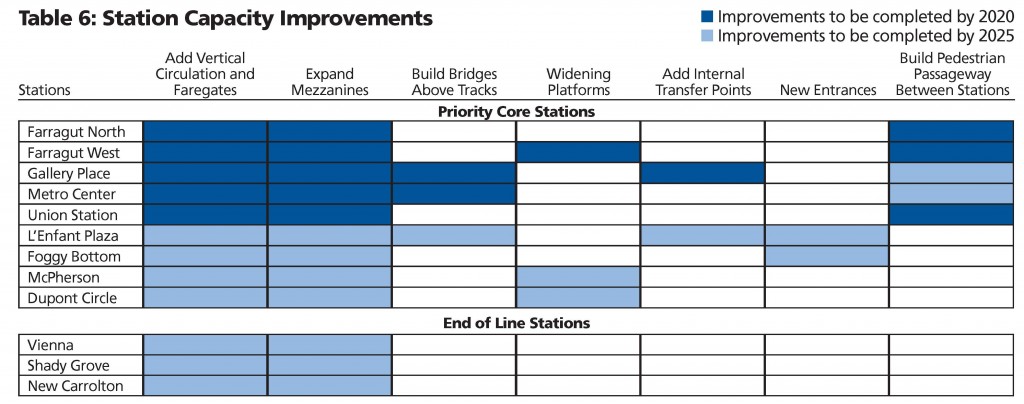
Momentum requires Metro to reclaim its leadership role and to ensure that the region’s transit network meets the region’s needs. Metro’s Compact charges it with putting forth plans and mobility projects that enhance regional mobility and to be the champion for the regional rider. This means moving beyond the role of “convener” and mere “coordinator” and embracing the roles of “leader”, “collaborator”, and “co—author”.
Living up to this charge means leveraging the relationships with sister agencies Metro has already built by collaborating with partners from concept to execution. Metro will bring its partners in early to co-author mobility innovations, engage in joint problem-solving, and collaborate on bringing these projects online and into operation. As the lead transit planner, Metro will literally draw the region’s transit map and advocate for its implementation.
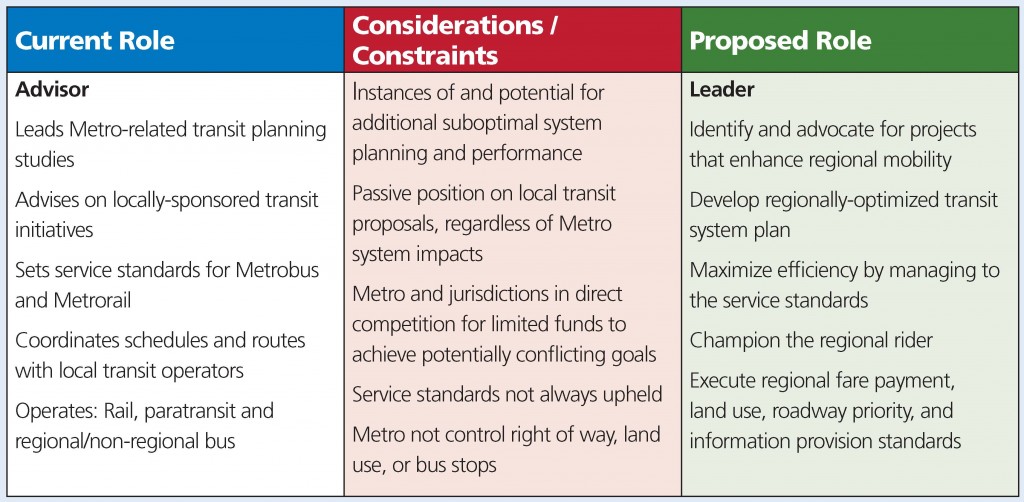
Thanks to its funding partners, Metro is now 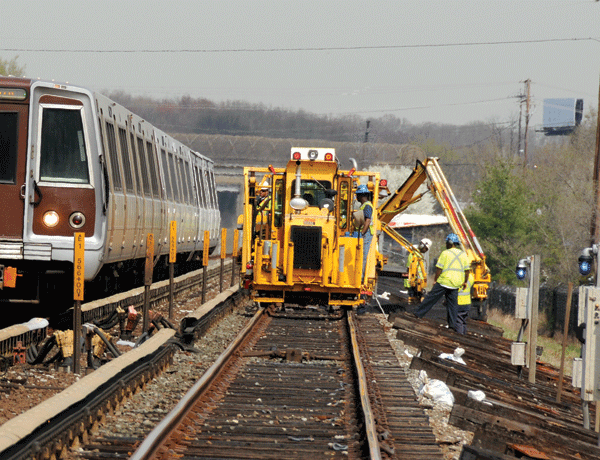 engaged in the largest capital improvement program since its original construction. Two years ago, MetroForward was launched – an aggressive, $5 billion, six-year investment program to rebuild the system. MetroForward is investing in what Metro’s customers value most: safety, reliability, and good customer service. With continued investment, it is projected that Metro will continue to make progress on the intensive MetroForward “catch up” phase in the years ahead. MetroForward has already delivered:
engaged in the largest capital improvement program since its original construction. Two years ago, MetroForward was launched – an aggressive, $5 billion, six-year investment program to rebuild the system. MetroForward is investing in what Metro’s customers value most: safety, reliability, and good customer service. With continued investment, it is projected that Metro will continue to make progress on the intensive MetroForward “catch up” phase in the years ahead. MetroForward has already delivered:
- An aggressive escalator rehabilitation program;
- Continued improved elevator availability;
- Station repairs at Judiciary Square, Shady Grove, Rockville, White Flint, Twinbrook and Union station;
- 461 new MetroAccess vehicles in service;
- Over 200 new replacement or rehabilitated buses in service;
- Electrical upgrades to accommodate additional eight-car trains on some lines; and
- Replacement of over 14.7 miles of rail; 36 No. 8 guarded switches; 16,000 ties; 11,731 cross ties; 62,723 linear feet of running rail; 20,745 fasteners; 8,849 insulators; and 9,829 linear feet of grout pads.
Read more…
Metro is critical to the 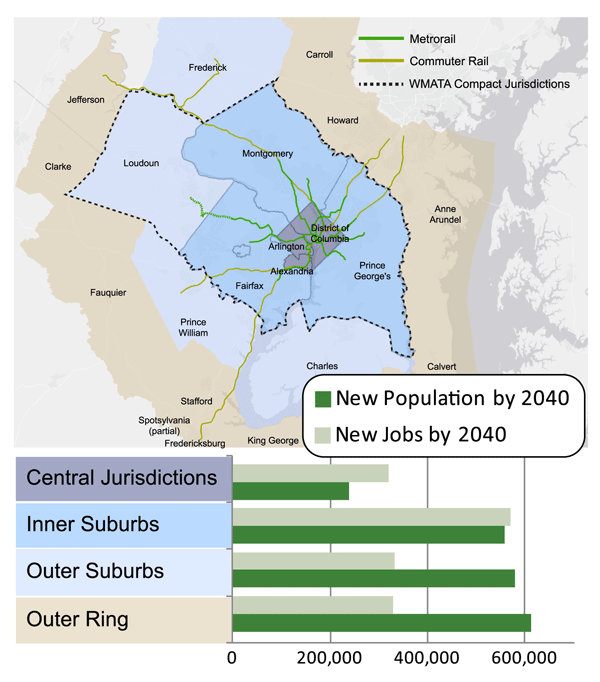 prosperity of the region and has a positive effect on business activity. Within one half-mile of rail stations and bus stops there are two million jobs, which account for 54 percent of all jobs in the region. The figure to the right shows how future employment will be focused in the Metrorail service areas of the central jurisdictions and the inner suburbs.
prosperity of the region and has a positive effect on business activity. Within one half-mile of rail stations and bus stops there are two million jobs, which account for 54 percent of all jobs in the region. The figure to the right shows how future employment will be focused in the Metrorail service areas of the central jurisdictions and the inner suburbs.
The Washington, D.C. Metropolitan Statistical Area (MSA) added 275,000 households and 295,000 jobs between 2004 and 2010. Of that growth, 6.4 percent of new households and 13.8 percent of new jobs located within one-quarter mile of urban Metro stations and one-half mile of suburban ones. The land area around these Metro stations comprises only 1.2 percent of the MSA land area, so Metro-adjacent locations are capturing far more than an average share of growth. When asked, 83 percent of business leaders surveyed by Metro in March, 2013 noted the importance of Metro to their future success. Employers have chosen Metro station areas as highly desirable places to locate jobs and attract employees. Seventy-seven percent of them said the proximity of a Metrorail station was important to where they decided to locate their businesses.












Recent Comments